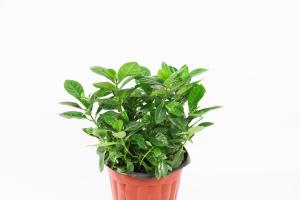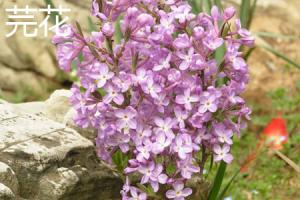When Should You Put Epsom Salts on Tomato Plants?
Tomatoes are one of the most popular plants grown in gardens all over the world. They are relatively easy to grow as long as they are planted in a suitable location and the right conditions are provided. One potential issue that can occur when growing tomatoes is a lack of magnesium. This is where Epsom salts come in. Epsom salts are a great way to provide magnesium to your tomato plants, but when should you put them on your plants?
What are Epsom Salts?
Epsom salts are a type of salt that is made up of magnesium and sulfate. They are named after the town of Epsom in England where they were first discovered. Epsom salts have numerous uses, including for human health, but they are also used in gardening. They are often used to provide additional magnesium to plants, which is a mineral that is vital to their growth and development.
Why Do Tomato Plants Need Magnesium?
Magnesium is an essential mineral for plant growth and development. It is a key component of chlorophyll, which is the pigment that gives plants their green color. Chlorophyll is responsible for the process of photosynthesis, which is how plants make their food. When a plant lacks magnesium, it cannot produce enough chlorophyll, which can result in stunted growth, yellow leaves, and a reduction in overall yield.
When Should You Put Epsom Salts on Tomato Plants?
The best time to apply Epsom salts to your tomato plants is when they are actively growing. This is usually in the early spring when the plants have just started to put on new growth. It is important not to apply too much Epsom salts as this can lead to an overabundance of magnesium, which can be harmful to the plants. A good rule of thumb is to apply about one tablespoon of Epsom salts per plant once a month during the growing season.
How Should You Apply Epsom Salts to Tomato Plants?
There are a few different ways to apply Epsom salts to tomato plants. One of the most common methods is to sprinkle the Epsom salts around the base of the plant and then water it in. Another way is to mix the Epsom salts into a watering can and then water the plants with the solution. It is important to apply the Epsom salts evenly around the base of the plant and to avoid getting it on the leaves as this can cause burning.
Conclusion
If you are looking for a way to give your tomato plants a boost, then Epsom salts are definitely worth considering. Epsom salts provide a source of magnesium, which is essential to the growth and development of tomato plants. By applying Epsom salts once a month during the growing season, you can help your tomato plants produce more fruit and have a healthier overall appearance.

 how many times do yo...
how many times do yo... how many planted tre...
how many planted tre... how many pine trees ...
how many pine trees ... how many pecan trees...
how many pecan trees... how many plants comp...
how many plants comp... how many plants can ...
how many plants can ... how many plants and ...
how many plants and ... how many pepper plan...
how many pepper plan...
































